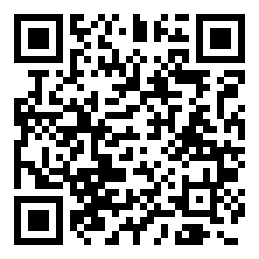MEASUREMENT AND ANALYSIS OF CUSTOMER SATISFACTION USING SIX SIGMA IN NIGERIAN BANKING INDUSTRY
Keywords:
Measure, Banking Sector, Pareto Chart, Six Sigma, DMAICAbstract
Nowadays, there has been huge pressure on organizations to improve on their customer’s satisfaction in order to maintain and increase their customer base. This study seeks to measure and analyse customer satisfaction in Nigerian Banking Sector using Six Sigma Methodology. Primary data was collected through questionnaires, telephone interviews, personal interviews and group interviews. The DMAIC tool of six sigma methodology which is capable of eliminating the slightest problems in a process, was used in this study to analyse the data. The results obtained showed the 13 critical complaints by bank customers along with their intensity. The Pareto chart clearly showed that the main problems experienced by customers are long waiting time and excessive deductions with the scale of 8 out of 10. This showed that these problems need to be addressed quickly. The next intense problems include cumbersome loan procedures, inaccessible customer care, lack of follow up and ignoring the customer. The least problem was found to be incompetent staff with an intensity of 0.5. By addressing these problems, the industry will be in a better shape to combat the challenges of growing completion.
Downloads
References
Lars, W., Michael, J. and Anders, G. (2001): The impact of quality practices on customer satisfaction and business results: Product versus service organizations. Journal of Quality Management, 6(1):5-27.
Rust, R and Zahorik, J (1993): Customer satisfaction, customer retention and market share. Journal retail Summer, 69(2), 193–215.
Shankar, V., Smith, A. & Rangaswamy, A. (2003) Customer satisfactionand loyalty in online and offline environments. International Journalof Research in Marketing, 20, 153–175.
Gloria, O.E.(2015): Impact of Business Environment on Organization performance in Nigeria – A study of Union bank of Nigeria. European scientific Journal, 4(1), 478-494.
Marhamat, H.P., Masoud, A.P.and Mona, A.D.(2013): The quality of service and its importance in service organizations.arabian Journal of Busines and Management review. Vol.3., pp. 34-37.
Ghafari, F., Jafari, P., and Amir, A. (2011). Study of the relationship service quality dimensions and customer satisfaction in the banking industry. Journal of Oloum Modiriat Iran. Sixth Year. 41-66.
Laureani, A., and Antony, J.,(2010): Lean six sigma in a call centre: a case study. International Journal of Productivity and Performance Management, vol. 59, no. 8, pp. 757-768.
boigbe and Ikpoza J. of NAMP Ferrin, D.M., Miller, M.J. and Muthler, D. (2005), “Lean sigma and simulation, so what’s the correlation?
Proceedings of the 37th Conference on Winter Simulation (WSC’05), Winter Simulation Conference, Orlando, FL, pp. 2011-2015.
Kristensen, J., Kanji, K., and Dahlgaard,G.k.,(1997): Process analysis and improvement. Fundamentals of Total Quality Management. 1st Edition, Springer Publishing Company.
Monika Smetkowska and Beata Mrugalska (2018): Using Six Sigma DMAIC to Improve the Quality of the Production Process: A Case Study. Procedia - Social and Behavioural Sciences 238:590-596.

Downloads
Published
Issue
Section
License
Copyright (c) 2024 The Journals of the Nigerian Association of Mathematical Physics

This work is licensed under a Creative Commons Attribution-NonCommercial-ShareAlike 4.0 International License.




